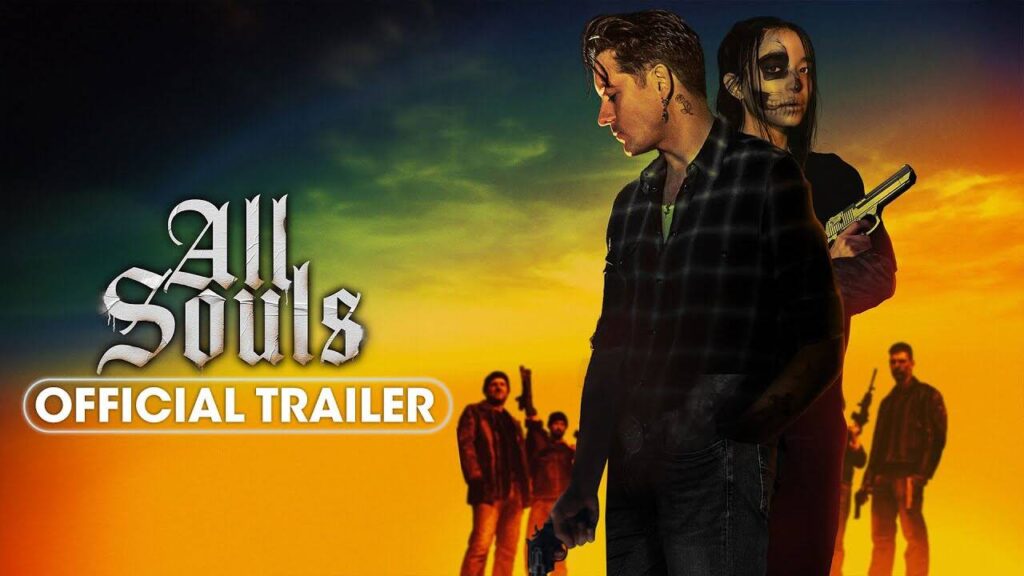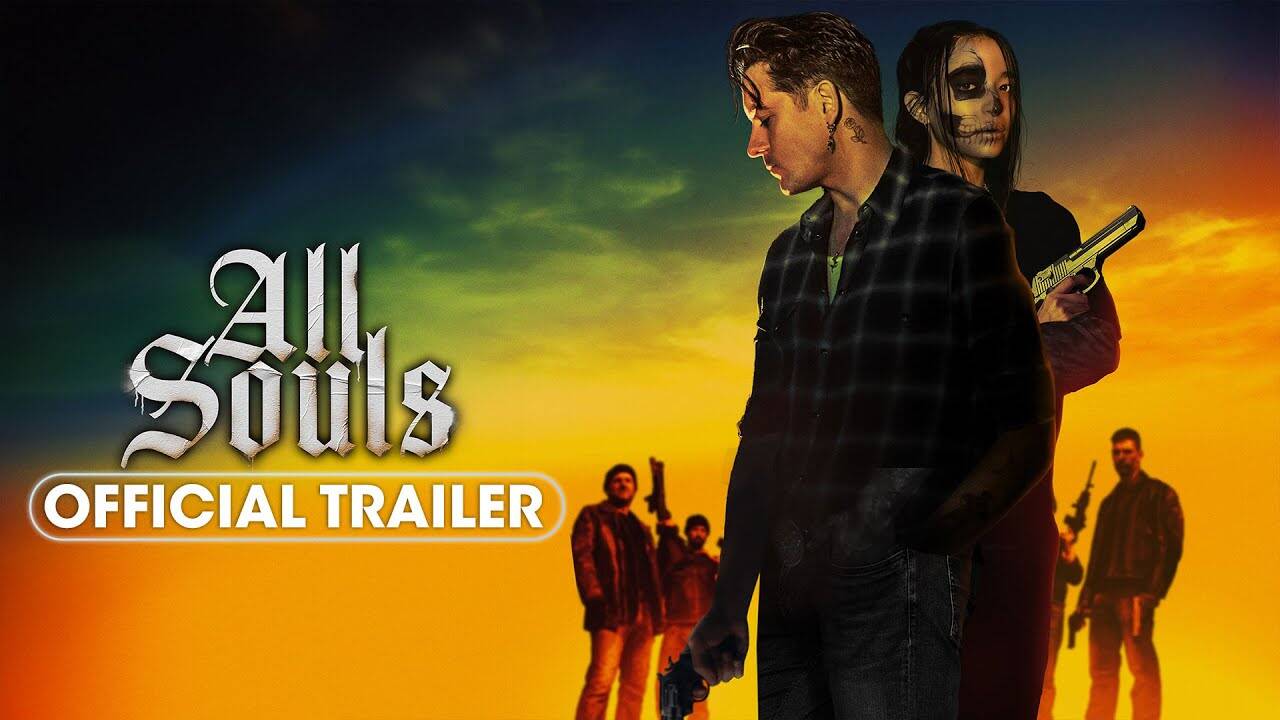
Angels and Souls on Film: Exploring the Depiction of Afterlife in Cinema
The concept of angels and souls has captivated human imagination for centuries, finding expression in various forms of art, literature, and, more recently, cinema. Movies that delve into the realm of the afterlife, featuring angels as guides or souls navigating the unknown, offer compelling narratives that explore themes of morality, redemption, love, and the human condition. This article examines how these ethereal beings and disembodied spirits are portrayed on screen, analyzing the cinematic techniques used to bring these abstract concepts to life and the cultural impact of these portrayals.
The Cinematic Language of the Afterlife
Filmmakers employ a range of visual and auditory techniques to depict the afterlife. These techniques often aim to create a sense of otherworldliness, mystery, and transcendence. Common elements include:
- Visual Effects: Shimmering light, ethereal glows, and dreamlike sequences are often used to suggest a realm beyond the physical world.
- Sound Design: Echoing sounds, angelic choirs, and haunting melodies contribute to the atmosphere of the afterlife.
- Color Palette: Soft, muted colors or, conversely, vibrant, otherworldly hues can be used to differentiate the afterlife from the earthly realm.
- Symbolism: Recurring motifs, such as wings, clouds, and gates, often serve as visual representations of angels and the transition to the afterlife.
The depiction of angels souls movie can vary significantly depending on the film’s genre and thematic focus. Some movies portray angels as benevolent guides, while others depict them as flawed or even malevolent beings. Similarly, the portrayal of souls can range from peaceful and serene to tormented and restless.
Angels as Messengers and Guides
In many films, angels serve as messengers between the divine and the mortal realm, or as guides for souls transitioning to the afterlife. These portrayals often emphasize the angels’ compassion, wisdom, and unwavering commitment to helping humanity. Some notable examples include:
It’s a Wonderful Life (1946)
Clarence Odbody, an angel second class, is sent to help George Bailey rediscover the value of his life. This classic film portrays an angel as a flawed but ultimately well-meaning guide who helps a soul in crisis. The depiction of Clarence underscores the idea that even angels can learn and grow.
City of Angels (1998)
This romantic drama tells the story of Seth, an angel who falls in love with a human surgeon. Seth’s desire to experience human emotions and sensations leads him to renounce his immortality and become mortal. City of Angels explores the complexities of love, loss, and the human experience through the lens of an angel’s perspective. The film features stunning visuals and a poignant soundtrack that enhance the ethereal atmosphere. The angels souls movie provides a unique take on the classic angel trope.
Michael (1996)
Starring John Travolta as the Archangel Michael, this film presents a more unconventional portrayal of an angel. Michael is depicted as a beer-drinking, womanizing, but ultimately benevolent being who is sent to Earth to perform miracles. The film blends humor and sentimentality to explore themes of faith, love, and redemption. This angels souls movie challenges traditional notions of angelic perfection.
Souls in Limbo and the Journey to the Afterlife
Other films focus on the journey of souls after death, exploring the challenges and opportunities they face in the afterlife. These portrayals often raise questions about morality, judgment, and the possibility of redemption. Examples include:
What Dreams May Come (1998)
This visually stunning film depicts the afterlife as a landscape shaped by the protagonist’s own imagination. Chris Nielsen, played by Robin Williams, embarks on a perilous journey through heaven and hell to rescue his wife from eternal torment. What Dreams May Come explores the power of love, the nature of grief, and the enduring connection between souls. The film’s groundbreaking visual effects create a breathtaking and emotionally resonant depiction of the afterlife. The concept of angels souls movie is explored here through a deeply personal lens.
Ghost (1990)
This romantic thriller tells the story of Sam Wheat, a murdered man who returns as a ghost to protect his girlfriend from danger. Ghost explores themes of love, loss, and justice, and features a memorable portrayal of the afterlife as a transitional space where souls can seek closure. The film’s use of special effects to depict Sam’s ghostly presence was groundbreaking for its time. The angels souls movie elements are subtly woven into the narrative through the presence of spiritual guides.
Beetlejuice (1988)
This comedic horror film presents a more lighthearted take on the afterlife. Adam and Barbara Maitland, a recently deceased couple, find themselves trapped in their house and must enlist the help of a bio-exorcist named Beetlejuice to scare away the new owners. Beetlejuice satirizes the conventions of the afterlife genre while exploring themes of family, home, and the absurdity of death. The film offers a darkly humorous perspective on the concept of angels souls movie, with its quirky characters and surreal visuals.
The Cultural Impact of Angels and Souls in Cinema
Movies about angels and souls have a significant impact on popular culture, shaping our perceptions of the afterlife and influencing our beliefs about morality and spirituality. These films often spark conversations about profound existential questions, prompting viewers to reflect on their own lives and values. The enduring popularity of these movies suggests a deep human fascination with the mysteries of death and the possibility of life beyond. Exploring angels souls movie themes allows for a contemplation of mortality and the search for meaning.
The portrayal of angels souls movie in cinema also reflects evolving cultural attitudes towards religion and spirituality. Some films offer traditional religious perspectives on the afterlife, while others explore more secular or New Age interpretations. This diversity of perspectives reflects the growing pluralism of modern society and the increasing acceptance of different belief systems.
Modern Interpretations and Trends
Recent films have continued to explore the themes of angels and souls in innovative and thought-provoking ways. Some trends include:
- Deconstruction of Angelic Archetypes: Some films challenge traditional notions of angelic perfection, portraying angels as flawed, conflicted, or even malevolent beings.
- Exploration of Near-Death Experiences: Films that depict near-death experiences often offer glimpses into the afterlife, raising questions about the nature of consciousness and the possibility of life after death.
- Integration of Technology: Some films explore the intersection of technology and spirituality, imagining a future where souls can be digitally preserved or uploaded into virtual realities.
These modern interpretations reflect a growing skepticism towards traditional religious institutions and a desire for more personal and individualized spiritual experiences. The continued exploration of angels souls movie themes speaks to a fundamental human need to understand our place in the universe and to find meaning in the face of mortality.
Conclusion
Movies about angels and souls offer a rich and diverse tapestry of narratives that explore the mysteries of the afterlife. From benevolent guides to tormented spirits, these films provide compelling insights into the human condition and the enduring quest for meaning and purpose. By employing a range of cinematic techniques, filmmakers bring these abstract concepts to life, creating visually stunning and emotionally resonant experiences that continue to captivate audiences around the world. The recurring motif of angels souls movie underscores humanity’s persistent fascination with the unknown and our enduring hope for a life beyond death. These films, whether dramatic, comedic, or thought-provoking, contribute to our understanding of ourselves and our place in the cosmos. The power of the angels souls movie genre lies in its ability to tap into our deepest fears and aspirations, prompting us to contemplate the ultimate questions of life and death. Examining these portrayals allows us to explore our own beliefs and values, and to find solace and inspiration in the face of the unknown. Ultimately, the angels souls movie genre serves as a mirror, reflecting our hopes, fears, and enduring fascination with the mysteries that lie beyond the veil of mortality.
The fascination with angels souls movie continues to grow, promising further exploration of these timeless themes in future cinematic endeavors. The possibilities are endless, and the potential for profound storytelling remains vast. We can anticipate even more innovative and thought-provoking portrayals of angels, souls, and the afterlife in the years to come, reflecting our ever-evolving understanding of ourselves and the universe around us. The enduring appeal of the angels souls movie genre ensures its continued relevance and its power to inspire, challenge, and comfort audiences for generations to come.
[See also: The Impact of Religious Symbolism in Film]
[See also: Exploring Themes of Mortality in Cinema]
[See also: The Evolution of Special Effects in Fantasy Films]

